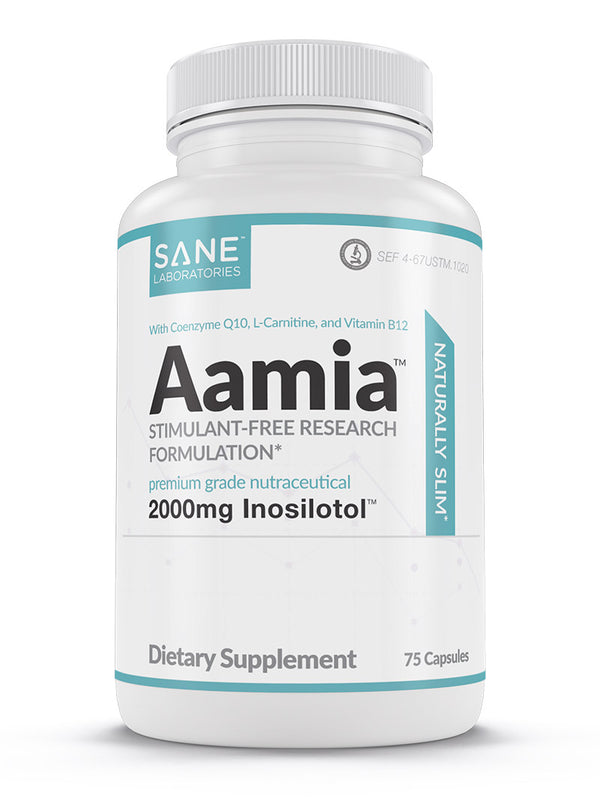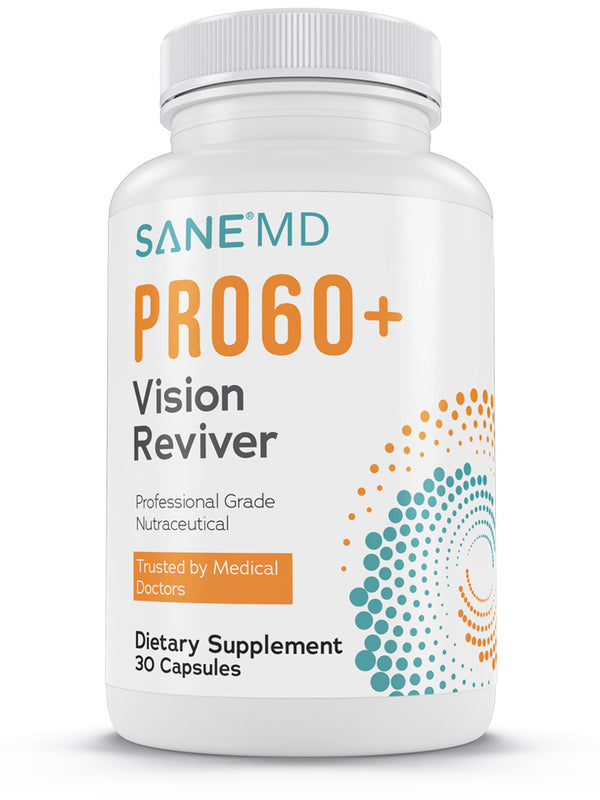Am I Bloating or Fat? Understanding the Difference
Distinguishing between bloating and abdominal fat can be challenging, as both may cause a distended stomach.
The question “Am I bloating or fat?” often arises when individuals notice changes in their midsection. Bloating typically results from temporary digestive issues like gas buildup or fluid retention, while belly fat accumulates due to excess fat storage.
Dr. Matthew Olesiak, Chief Medical Director of SANESolution and SANEMD, emphasizes the importance of understanding these differences to address underlying causes effectively.
By leveraging SANEMD’s science-backed nutritional solutions from https://store.sanesolution.com/, individuals can support their digestive system and achieve a healthier body composition.

How Do You Know If It’s Fat or Bloating?
To tell the difference between fat and bloating, consider the onset and consistency of the abdominal change. Stomach bloating often fluctuates, appearing after meals or certain foods like dairy products and subsiding within hours or days.
Belly fat, however, is more persistent, resulting from excess fat accumulation over time due to consuming more calories than the body burns.
Bloating may feel mildly uncomfortable and is often linked to digestive symptoms like excess gas, while fat feels firmer. Tracking these patterns in a food journal can help identify triggers and guide lifestyle modifications.
Characteristics of Stomach Bloating
Stomach bloating is typically caused by gas buildup, fluid retention, or digestive disorders like irritable bowel syndrome or small intestinal bacterial overgrowth.
It may occur after consuming carbonated beverages, sugary foods, or too much salt, which can trigger bloating. Symptoms include a temporary, soft distension of the abdomen, sometimes accompanied by bowel movements or abdominal pain.
Unlike abdominal fat, bloating is not related to body fat gain but rather to the digestive process. Recognizing these signs helps differentiate bloating from fat accumulation.
Understanding Belly Fat
Belly fat, including visceral fat and subcutaneous fat, results from excess fat storage due to a sedentary lifestyle or a diet high in processed foods and trans fat.
Unlike abdominal bloating, belly fat is consistent and does not fluctuate significantly throughout the day.
It contributes to weight gain and increases risks like high blood pressure. Strengthening abdominal muscles through exercise can help burn calories and reduce belly fat, but it won’t directly address bloating.
A healthy diet is key to managing abdominal fat gain.
Am I Bloated or Have I Gained Weight?
To determine whether it’s bloating or weight gain, assess the timeline and associated symptoms. Bloating often appears suddenly, such as after a meal high in dairy products for those who are lactose intolerant, and may resolve with bowel movements or peppermint oil.
Weight gain, linked to belly fat, develops gradually due to consuming more calories than needed. If the abdomen feels firm and the change persists over weeks, it’s likely excess fat.
SANEMD’s nutritional tools support weight loss and digestive health to address both concerns.
Why Am I Skinny but Have a Bloated Stomach?
A skinny individual with a bloated stomach may be experiencing abdominal bloating due to digestive issues. Conditions like irritable bowel syndrome, small intestinal bacterial overgrowth, or motility disorders can cause belly bloat despite a low body fat percentage.
Swallowing air while eating, consuming carbonated drinks, or hormone fluctuations during the menstrual cycle can also trigger bloating. These factors affect the gastrointestinal tract, leading to temporary distension. Addressing gut bacteria balance with SANEMD’s solutions can help prevent bloating.
Is It Bloat or Am I Showing?
For those wondering if their distended abdomen is bloating or a sign of pregnancy, timing and symptoms provide clues.
Bloating fluctuates and is often linked to dietary triggers like sugary foods or excess gas, while pregnancy-related abdominal changes are gradual and accompanied by other signs like missed periods. Severe constipation or inflammatory bowel disease can mimic bloating, causing discomfort.
If bloating persists or includes vomiting, weight loss, or difficulty breathing, seek medical attention at the nearest emergency room to rule out an underlying medical condition.
Common Causes of Abdominal Bloating
Abdominal bloating can stem from various factors affecting the digestive tract. Consuming certain foods, such as dairy for those with lactose intolerance, or carbonated beverages can produce more gas. Digestive disorders like gastroesophageal reflux disease or motility disorders slow GI motility, leading to gas buildup. Fluid retention, often linked to too much salt or hormone fluctuations, also contributes.
Keeping a food journal to track triggers helps identify causes and informs strategies to relieve bloating.
Factors Contributing to Belly Fat

Belly fat accumulates due to a combination of dietary and lifestyle factors. Consuming processed foods, trans fat, or more calories than needed promotes abdominal fat gain.
A sedentary lifestyle reduces the body’s ability to burn calories, leading to excess fat storage. Unlike stomach bloating, belly fat is a long-term issue that increases risks like high blood pressure. Regular exercise and a healthy diet, supported by SANEMD’s nutritional products, can reduce belly fat and improve overall health.
The Role of Gut Bacteria in Bloating
Gut bacteria play a significant role in the digestive process and can influence bloating. An imbalance, such as in small intestinal bacterial overgrowth, can produce excess gas, causing belly bloat. Certain foods, like sugary foods or dairy products, feed harmful bacteria, exacerbating digestive symptoms.
Supporting gut bacteria balance through mindful eating and targeted nutrition can prevent bloating. SANEMD’s science-backed solutions, available at https://store.sanesolution.com/, promote a healthy digestive system.
Digestive Disorders and Bloating
Digestive disorders like irritable bowel syndrome, inflammatory bowel disease, or severe constipation can cause chronic abdominal bloating. These conditions disrupt GI motility, leading to gas buildup and discomfort. Unlike belly fat, which is firm, bloating from these disorders feels softer and may be intensely painful. If bloating persists or is accompanied by abdominal pain or vomiting, consult a primary care physician. SANEMD’s products complement medical advice by supporting digestive health.
Lifestyle Factors in Fat Accumulation
A sedentary lifestyle and poor dietary habits contribute to belly fat. Consuming processed foods or carbonated drinks can lead to weight gain, as these provide more calories than needed. Unlike bloating, which is temporary, excess fat accumulates over time, increasing body fat percentage. Incorporating exercise to strengthen abdominal muscles and burn calories, paired with SANEMD’s nutritional tools, helps reduce abdominal fat and supports weight loss goals.
Temporary vs. Persistent Abdominal Changes
Bloating is typically temporary, resolving after addressing triggers like carbonated beverages or dairy products. Belly fat, however, is persistent, requiring consistent lifestyle changes to reduce. Bloating may feel bloated and fluctuate, while fat remains stable. Those who recently underwent abdominal surgery may experience bloating due to altered GI motility, but this differs from fat gain. Tracking symptoms helps tell the difference and informs effective strategies.
The Impact of Diet on Bloating and Fat
Diet significantly affects both bloating and belly fat. Sugary foods, too much salt, or carbonated drinks can trigger bloating by producing more gas or causing fluid retention. Processed foods and trans fat contribute to abdominal fat gain by adding excess calories. Adopting a healthy diet with fewer calories and mindful eating practices can prevent bloating and reduce body fat. SANEMD’s nutritional solutions support these dietary shifts for optimal digestive and weight health.
Hormonal Influences on Bloating
Hormone fluctuations, particularly during the menstrual cycle, can cause fluid retention and belly bloat. Unlike belly fat, which is consistent, hormonal bloating is temporary and fluctuates with the cycle. Digestive symptoms like excess gas may also accompany this bloating. Supporting the body with balanced nutrition and hydration, as offered by SANEMD’s products at https://store.sanesolution.com/, can minimize hormonal bloating and promote comfort.
When to Seek Medical Attention
Persistent or severe bloating, especially with symptoms like abdominal pain, vomiting, weight loss, or difficulty breathing, may indicate an underlying medical condition. Conditions like inflammatory bowel disease or motility disorders require evaluation by a primary care physician. If symptoms are intensely painful, visit the nearest emergency room. For bloating or fat concerns, SANEMD’s solutions provide supportive nutrition to complement medical advice and promote digestive health.

Strategies to Relieve Bloating
To relieve bloating, avoid triggers like carbonated drinks, dairy products for those lactose intolerant, or too much salt. Mindful eating, such as chewing slowly to reduce swallowing air, helps prevent bloating. Peppermint oil may soothe digestive symptoms, while lifestyle modifications like regular exercise improve GI motility. SANEMD’s science-backed products, available at https://store.sanesolution.com/, support the digestive system to reduce belly bloat effectively.
Reducing Belly Fat Effectively
Reducing belly fat requires a combination of exercise, a healthy diet, and lifestyle changes. Strengthening abdominal muscles through targeted workouts helps burn calories, while consuming fewer calories prevents excess fat storage. Avoiding processed foods and trans fat is crucial for weight loss. SANEMD’s nutritional tools, designed to support weight loss goals, enhance these efforts, helping individuals achieve a leaner midsection.
The Role of Exercise in Fat and Bloating
Exercise benefits both bloating and belly fat. Physical activity improves GI motility, reducing gas buildup and bloating. It also helps burn calories, decreasing abdominal fat. Incorporating exercises that engage abdominal muscles supports weight loss and digestive health. SANEMD’s holistic approach, available at https://store.sanesolution.com/, integrates nutrition with exercise to address both concerns for optimal results.
Supporting Digestive Health with SANEMD
SANEMD’s innovative products, rooted in food science, support the digestive system and help distinguish between bloating and fat. Available at https://store.sanesolution.com/, these solutions promote gut bacteria balance, reduce belly bloat, and aid weight loss. By addressing the root causes of digestive discomfort and excess fat, SANEMD empowers individuals to achieve lasting health and confidence.
































